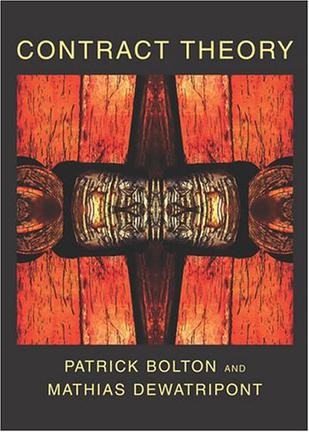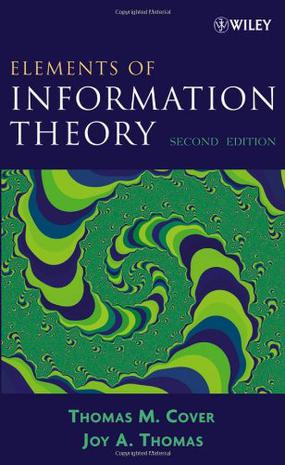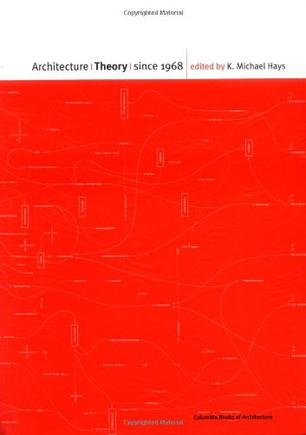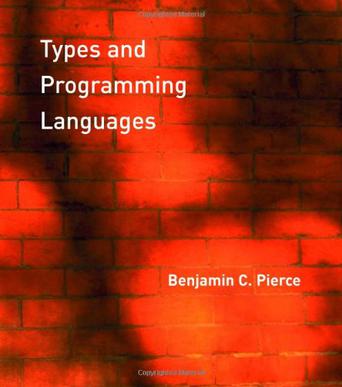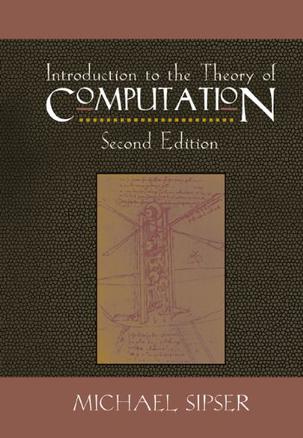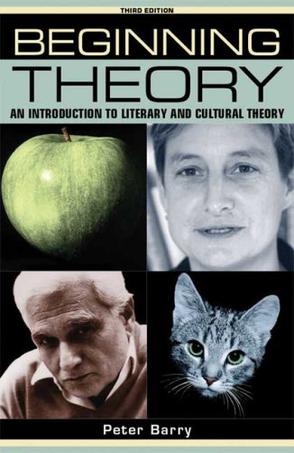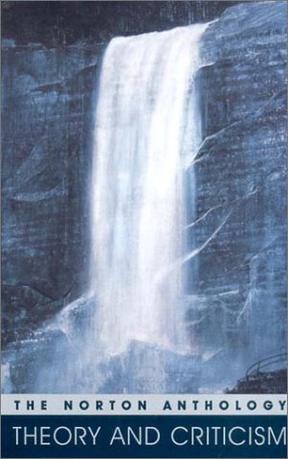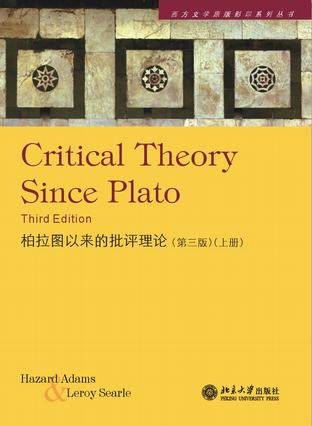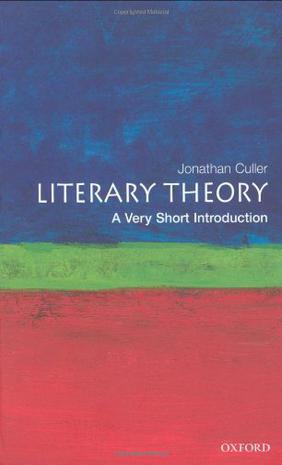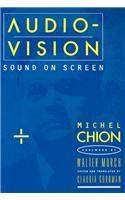欢迎来到相识电子书!
标签:theory
-
Contract Theory
Despite the vast research literature on topics relating to contract theory, only a few of the field's core ideas are covered in microeconomics textbooks. This long-awaited book fills the need for a comprehensive textbook on contract theory suitable for use at the graduate and advanced undergraduate levels. It covers the areas of agency theory, information economics, and organization theory, highlighting common themes and methodologies and presenting the main ideas in an accessible way. It also presents many applications in all areas of economics, especially labor economics, industrial organization, and corporate finance. The book emphasizes applications rather than general theorems while providing self-contained, intuitive treatment of the simple models analyzed. In this way, it can also serve as a reference for researchers interested in building contract-theoretic models in applied contexts.The book covers all the major topics in contract theory taught in most graduate courses. It begins by discussing such basic ideas in incentive and information theory as screening, signaling, and moral hazard. Subsequent sections treat multilateral contracting with private information or hidden actions, covering auction theory, bilateral trade under private information, and the theory of the internal organization of firms; long-term contracts with private information or hidden actions; and incomplete contracts, the theory of ownership and control, and contracting with externalities. Each chapter ends with a guide to the relevant literature. Exercises appear in a separate chapter at the end of the book. -
Elements of Information Theory
The latest edition of this classic is updated with new problem sets and material The Second Edition of this fundamental textbook maintains the book's tradition of clear, thought-provoking instruction. Readers are provided once again with an instructive mix of mathematics, physics, statistics, and information theory. All the essential topics in information theory are covered in detail, including entropy, data compression, channel capacity, rate distortion, network information theory, and hypothesis testing. The authors provide readers with a solid understanding of the underlying theory and applications. Problem sets and a telegraphic summary at the end of each chapter further assist readers. The historical notes that follow each chapter recap the main points. The Second Edition features: * Chapters reorganized to improve teaching * 200 new problems * New material on source coding, portfolio theory, and feedback capacity * Updated references Now current and enhanced, the Second Edition of Elements of Information Theory remains the ideal textbook for upper-level undergraduate and graduate courses in electrical engineering, statistics, and telecommunications. An Instructor's Manual presenting detailed solutions to all the problems in the book is available from the Wiley editorial department. -
Architecture Theory since 1968
In the discussion of architecture, there is a prevailing sentiment that, since 1968, cultural production in its traditional sense can no longer be understood to rise spontaneously, as a matter of social course, but must now be constructed through ever more self-conscious theoretical procedures. The development of interpretive modes of various stripes--post-structuralist, Marxian, phenomenological, psychoanalytic, as well as others dissenting or eccentric--has given scholars a range of tools for rethinking architecture in relation to other fields and for reasserting architectures general importance in intellectual discourse.This anthology presents forty-seven of the primary texts of architecture theory, introducing each with an explication of the concepts and categories necessary for its understanding and evaluation. It also presents twelve documents of projects or events that had major theoretical repercussions for the period. Several of the essays appear here in English for the first time.Contributors : Diana Agrest, Stanford Anderson, Archizoom, George Baird, Jennifer Bloomer, Massimo Cacciari, Jean-Louis Cohen, Beatriz Colomina, Alan Colquhoun, Maurice Culot, Jacques Derrida, Ignasi de Sola-Morales, Peter Eisenman, Robin Evans, Michel Foucault, Kenneth Frampton, Mario Gandelsonas, Frank Gehry, Jurgen Habermas, John Hejduk, Denis Hollier, Bernard Huet, Catherine Ingraham, Fredric Jameson, Charles A. Jencks, Jeffrey Kipnis, Fred Koetter, Rem Koolhaas, Leon Krier, Sanford Kwinter, Henri Lefebvre, Daniel Libeskind, Mary McLeod, Alberto Perez-Gomez, Jose Quetglas, Aldo Rossi, Colin Rowe, Massimo Scolari, Denise Scott Brown, Robert Segrest, Jorge Silvetti, Robert Somol, Martin Steinmann, Robert A. M. Stern, James Stirling, Manfredo Tafuri, Georges Teyssot, Bernard Tschumi, Anthony Vidler, Paul Virilio, Mark Wigley. -
Types and Programming Languages
A type system is a syntactic method for automatically checking the absence of certain erroneous behaviors by classifying program phrases according to the kinds of values they compute. The study of type systems--and of programming languages from a type-theoretic perspective -- -has important applications in software engineering, language design, high-performance compilers, and security.This text provides a comprehensive introduction both to type systems in computer science and to the basic theory of programming languages. The approach is pragmatic and operational; each new concept is motivated by programming examples and the more theoretical sections are driven by the needs of implementations. Each chapter is accompanied by numerous exercises and solutions, as well as a running implementation, available via the Web. Dependencies between chapters are explicitly identified, allowing readers to choose a variety of paths through the material.The core topics include the untyped lambda-calculus, simple type systems, type reconstruction, universal and existential polymorphism, subtyping, bounded quantification, recursive types, kinds, and type operators. Extended case studies develop a variety of approaches to modeling the features of object-oriented languages. -
Introduction to the Theory of Computation
This market leading text on computational theory provides a mathematical treatment of computer science theory designed around theorems and proofs. -
Beginning Theory
Beginning theory has been helping students navigate through the thickets of literary and cultural theory for well over a decade now. This new and expanded third edition continues to offer students and readers the best one-volume introduction to the field. The bewildering variety of approaches, theorists and technical language is lucidly and expertly unravelled. Unlike many books which assume certain positions about the critics and the theories they represent, Peter Barry allows readers to develop their own ideas once first principles and concepts have been grasped. The book has been updated and includes two new chapters, one of which (Literary theory - a history in ten events) innovatively surveys the course of theory, while the other (Theory after 'Theory') maps the arrival of new 'isms' since the second edition appeared in 2002. Liberal humanism - Structuralism - Post-structuralism and deconstruction - Postmodernism - Psychoanalytic criticism - Feminist criticism - Lesbian/gay criticism - Marxist criticism - New historicism and cultural materialism - Postcolonial criticism - Stylistics - Narratology - Ecocriticism - Presentism/Transversal poetics/ New aestheticism/Historical formalism/Cognitive poetics. -
The Norton Anthology of Theory and Criticism
The Norton Anthology of Theory and Criticism presents a staggeringly varied collection of the most influential critical statements from the classical era to the present day. Edited by scholars and teachers whose interests range from the history of poetics to postmodernism, from classical rhetoric to ériture féminine, and from the social construction of gender to the machinery of academic superstardom, The Norton Anthology of Theory and Criticism promises to become the standard anthology in its field. An Unrivaled Collection: The Norton Anthology of Theory and Criticism offers nearly twice the number of selections in other leading anthologies and more twentieth-century selections than any other text (including anthologies devoted solely to the twentieth century). This historical breadth of coverage and depth of selection—especially within the twentieth century—make The Norton Anthology of Theory and Criticism the perfect choice for nearly any theory and criticism course. Continuity and Connections: The works in The Norton Anthology of Theory and Criticism have been chosen not only because they are individually important but also because they speak to each other, providing students with a rich portrait of the ongoing "critical conversation." Where appropriate, the editors link classical, medieval, and early modern critics to contemporary theorists and movements as well as to other classical, medieval, and early modern critics. Throughout the twentieth-century selections, the editors trace the complex web of interrelated ideas and explicit influences. Helpful Apparatus: • General Introduction: A 30-page introduction surveys the history of criticism and theory and provides an overview of the many schools and movements that make up the contemporary theoretical landscape. • Headnotes: Each of the 169 figures represented in The Norton Anthology of Theory and Criticism is treated in an informative headnote that not only introduces the writer's life and thought but also connects the writer to other critics, theorists, and movements. • Bibliographies: Each author headnote is followed by a selected bibliography. A detailed, annotated general bibliography at the end of the volume is divided into historical periods and major schools and movements. This material makes The Norton Anthology of Theory and Criticism a valuable reference for scholars as well as a useful teaching anthology. • Annotations: In the Norton tradition, The Norton Anthology of Theory and Criticism's annotations are extensive, helpful, and as unobtrusive to students' own interpretive work as possible. -
柏拉图以来的批评理论(上下册)
《柏拉图以来的批评理论》(上下)(第3版)按时间顺序编排,两千多年的时间跨度,综合各种选集,对于文学研究作为一门学科的发展,提出一个公认的观点,并附有解释性的批注和关于作者的文献记录。《柏拉图以来的批评理论》(上下)(第3版)已作显著修订,以涵盖其他从事语言、修辞、哲学和社会专题研究的思想家。随着对不同哲学传统的关注增加,新版本强化和拓宽了文化研究作为一门交叉性学科的理念。完整的卷册设计方便了追溯现代文学批评理论发展的历史起源。编者建立了早期思想家和现代理论发展之间的清晰联系。 -
Literary Theory
What is Literary Theory? Is there a relationship between literature and culture? In fact, what is Literature, and does it matter? These are the sorts of questions addressed by Jonathan Culler in a book which steers a clear path through a subject which is often perceived to be impenetrable. It offers insights into theories about the nature of language and meaning, whether literature is a form of self-expression or a method of appeal to an audience, and outlines the ideas behind a number of different schools: deconstruction, semiotics, postcolonial theory, and structuralism amongst them. -
Audio-Vision
In Audio-Vision: Sound on Screen, French critic and composer Michel Chion reassesses audiovisual media since the revolutionary 1927 debut of recorded sound in cinema, shedding crucial light on the mutual relationship between sound and image in audiovisual perception. Chion argues that sound film qualitatively produces a new form of perception: we don't see images and hear sounds as separate channels, we audio-view a trans-sensory whole. Expanding on arguments made in his influential books The Voice in Cinema and Sound in Cinema, Chion provides lapidary insight into the functions and aesthetics of sound in film and television. He considers the effects of such evolving technologies as widescreen, multitrack, and Dolby; the influences of sound on the perception of space and time; and the impact of such contemporary forms of audio-vision as music videos, video art, and commercial television. Chion concludes with an original and useful model for the audiovisual analysis of film.
热门标签
下载排行榜
- 1 梦的解析:最佳译本
- 2 李鸿章全传
- 3 淡定的智慧
- 4 心理操控术
- 5 哈佛口才课
- 6 俗世奇人
- 7 日瓦戈医生
- 8 笑死你的逻辑学
- 9 历史老师没教过的历史
- 10 1分钟和陌生人成为朋友

